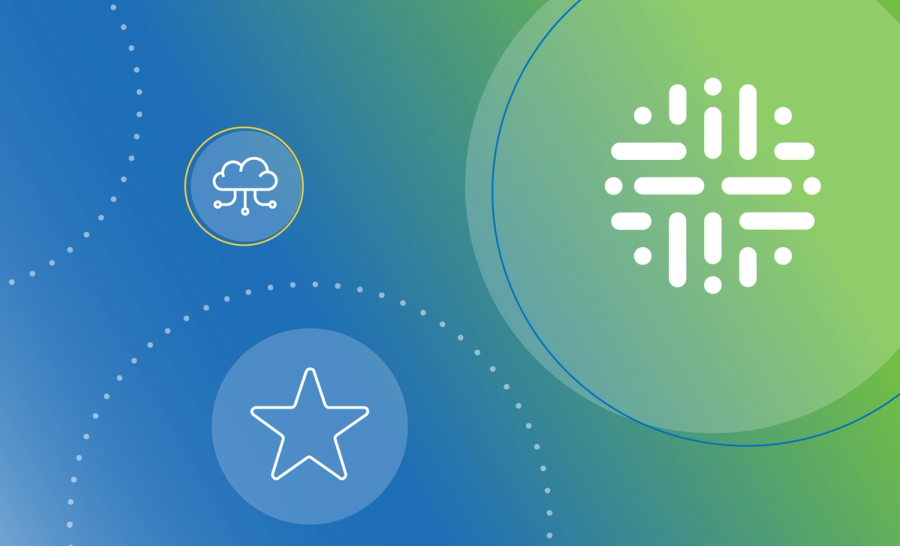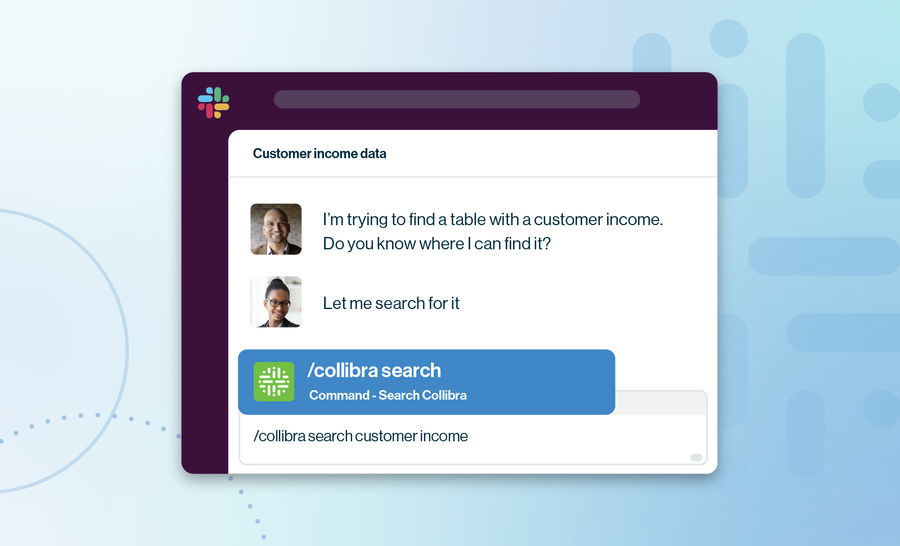Make your data process intuitive, not complex

With the explosion of data, comes the promise of greater business insights, but also the challenge of trying to manage and govern even more data spread across more places. This often leads to data governance processes that are time consuming and infuriating rather than efficient and intuitive.
Top challenges
Many organizations have manual governance and stewardship processes in place that use fragmented and manual tools such as spreadsheets, emails, and documents. Leading to less efficient processes that take longer to complete. Additionally, divergent business glossaries and definitions across various teams and lines of business are hard to maintain and often lack data ownership. Making collaboration or sharing data and insights across the organization even harder. Without process automation and a common data definition you can’t start to bring people together to collaborate on decisions and improve the efficiency of your processes.
Once automated and efficient processes are in place, the next challenge is being able to quickly understand your data’s history. In order to get the right insights, you need to be able to ensure you are using the right data. But data transforms as it moves from system to system and from source to report. Understanding the technical lineage and business context of the data is key to ensuring you are using the right data to get the insights you need to make critical business decisions.
The last challenge is to make the right data available and easy to find for all users. Many users struggle to get access to and find the data they need. One main reason for this is the lack of a centralized, enterprise-wide repository of assets that have full business context. Without this, users lack a common understanding of the data and can’t find the data that is relevant to them. Ensuring you have a single source of truth for your users to quickly and easily find the data they need is key to improving data transparency, improving the efficiency of your people and transforming to a data intelligent company.
How can organizations overcome these challenges
Overcoming these challenges starts with getting recognition and buy-in from key stakeholders across IT, business lines, operations, and the data office. These stakeholders need to recognize that these challenges have to be addressed and commit the time and resources needed to support these efforts.
Next, you should look for a solution to help you increase the efficiency of your people and processes. It should have intuitive and configurable workflows that let you automate your processes, bringing users together to collaborate and quickly complete tasks. The solution should be able to add business and technical lineage details to the data, so it is fast and easy to understand your data’s history. And it should democratize your data, enabling all users to access and easily find the right data assets, so they can start using the data to drive business decisions.
To ensure success, you should work with a partner that can support you throughout your journey. From initial setup and onboarding of the solution through your first use case, and as you scale usage across the organization. Working with someone who has the background and experience to help you automate your data governance processes, is the key to increasing efficiency of your people and processes.
Let us help you make your processes intuitive
Collibra Data Intelligence Platform is an adaptive data and analytics solution that delivers everything you need to make your processes intuitive, not infuriating, including the ability to:
- Increase efficiency by automating your processes with intuitive and configurable workflows that bring users together to collaborate on decisions, close knowledge gaps and quickly complete tasks.
- Quickly understand your data’s history with automated business and technical lineage that traces data flows and shows the relationships among data, reports, definitions and policies. This enables you to clearly see how data transforms and flows from system to system and source to report.
- Improve data transparency for every user by establishing a centralized, enterprise-wide repository of assets with full business context, so all users have a common understanding of the data and can easily discover data that is relevant to them.
In addition to the solution, the Collibra team works with you from planning, to adoption, to enabling your team — we are here to help you throughout your journey.
Data governance processes should not be time consuming and infuriating. When you have process automation and a single centralized repository of data assets with full business context, you have full control of what’s ahead. It’s data you can find and access, data you can manage, and data you can understand—making it easier to make insightful business decisions.
Related articles

Data GovernanceFebruary 14, 2025
Why we are the data and AI leader for you

Data GovernanceJuly 28, 2025
Your new shortcut to trusted data: Collibra’s two-way Slack Integration

Data GovernanceMay 24, 2022
The journey to data catalog and governance success: A customer perspective

Data GovernanceOctober 12, 2023
Improved user provisioning leads to calmer seas and smoother sailing
Keep up with the latest from Collibra
I would like to get updates about the latest Collibra content, events and more.
Thanks for signing up
You'll begin receiving educational materials and invitations to network with our community soon.
